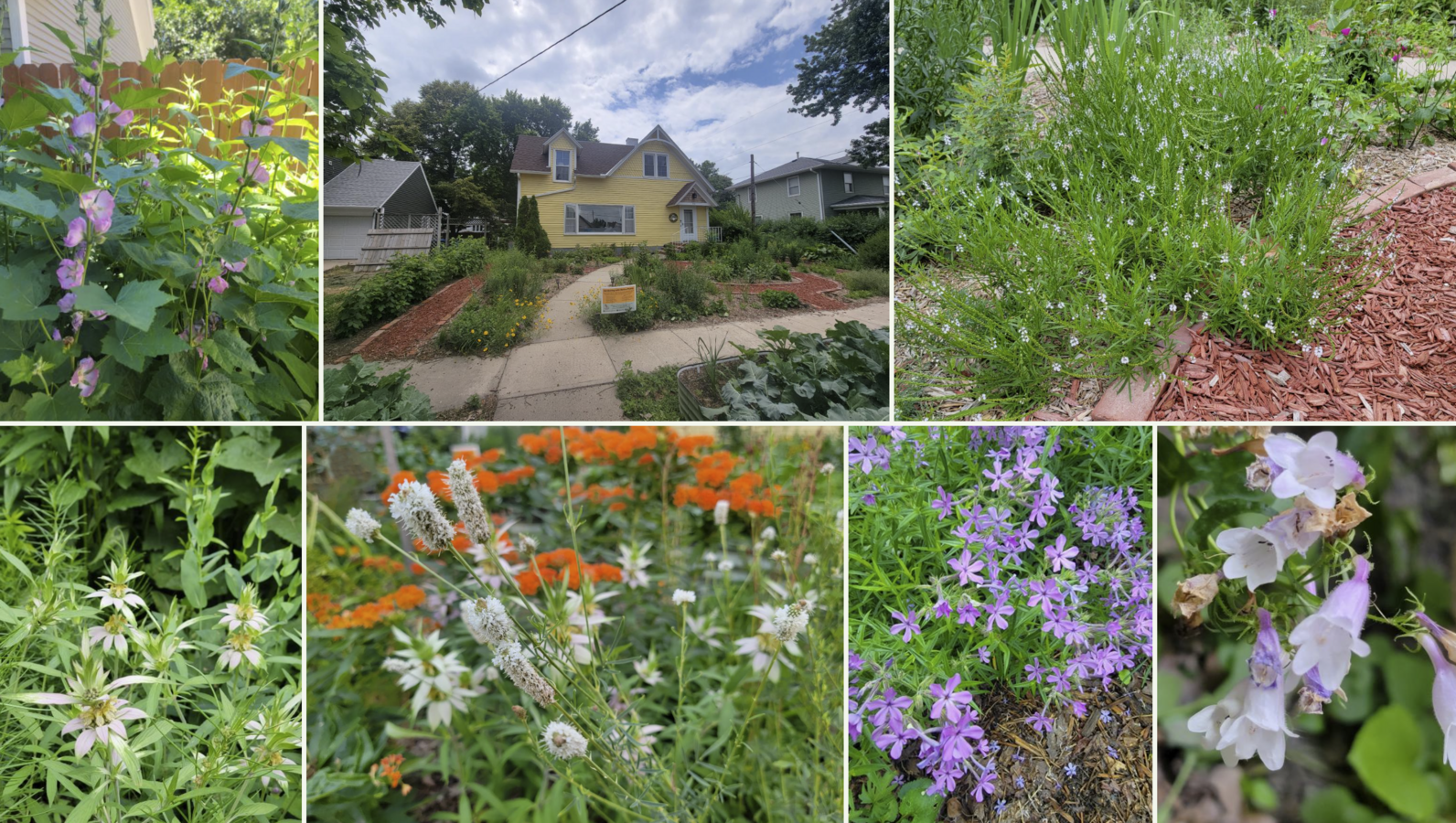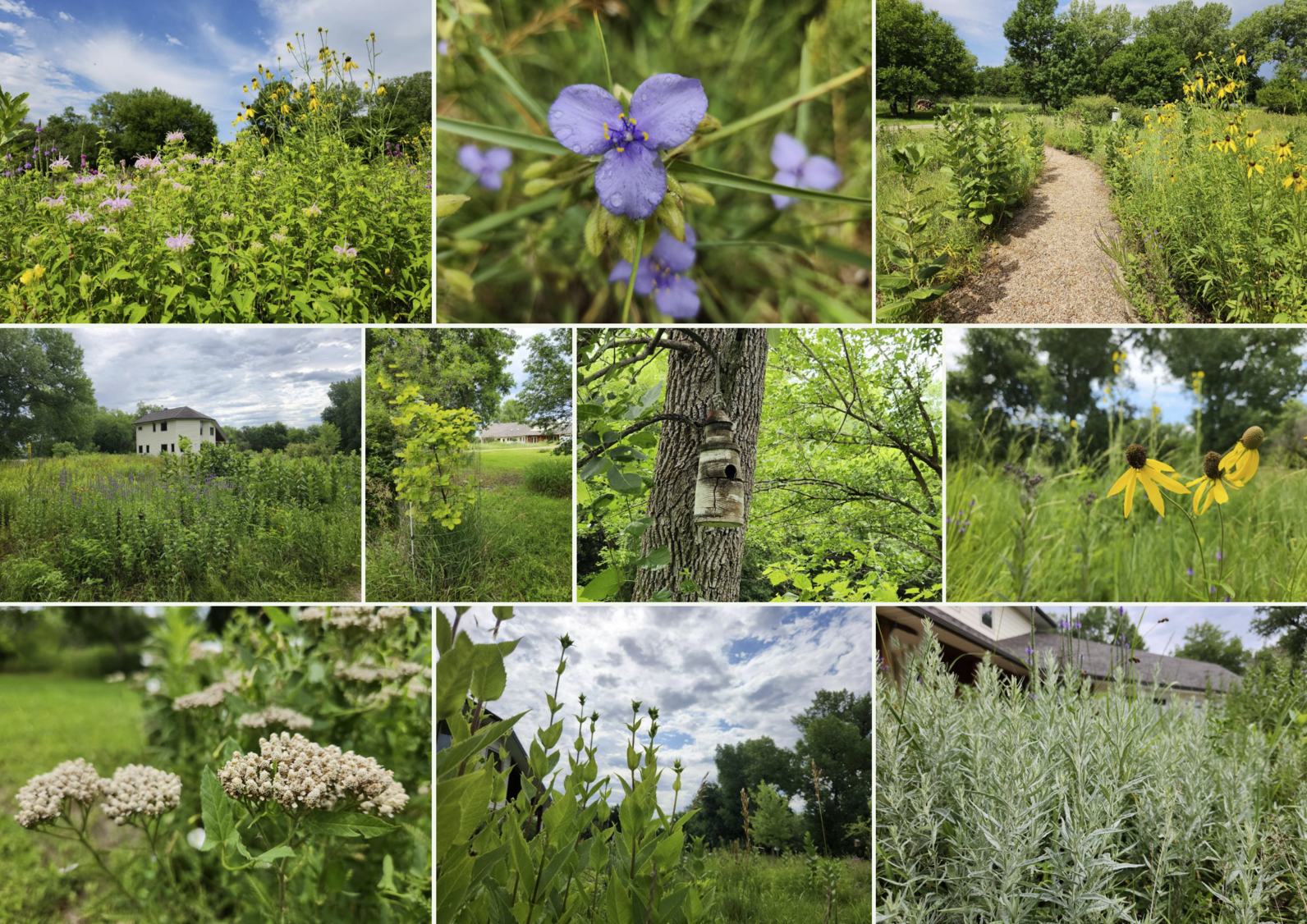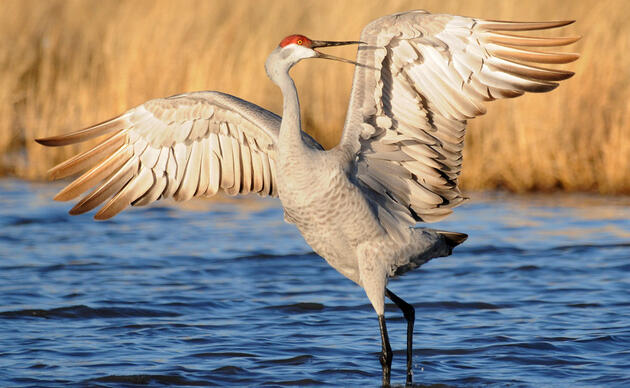During the last few weeks of summer as you mow the 14th pass of your lawn, you may find yourself questioning how many hours you’ve spent trimming your grass or watering your flowers and shrubs. Reflect on the amount of water you apply to just keep your green spaces alive. Now multiply that by the number of Americans that water their yards each summer. According to the Environmental Protection Agency, around half of the freshwater in American cities is used to water lawns, making it the most irrigated crop in the country.
Meanwhile, the natural areas that surround us don’t receive any extra water or fertilizer, yet they are thriving. So why don’t people just install plants that are local to their region?
At Audubon’s Rowe Sanctuary in central Nebraska, we built a greenhouse with this concept in mind- thanks to some generous funding from the Donald and Lorena Meier Foundation. Each year, we aim to grow over 75 species of Nebraska native plants for community projects and habitat restoration activities. It’s not just because we want to take a vacation from yard maintenance, although that is an added benefit since natives don’t require fertilizer, weekly mowing, or additional watering. We want to contribute to a much larger movement coined as “Homegrown National Park” by Entomologist and Ecologist Douglas Tallamy.
The key to creating a “Homegrown National Park” is to plant locally native plants, which are uniquely adapted to your local environment. These plants provide many of the essential elements that wildlife need to survive and raise their young, including nesting locations, shelter, and year-round food resources like insects, berries, nectar, and seed.
In bird language, this movement might be referred to as providing a “backyard bird buffet”, “the place with free tweets”, “the house with the king size candy bars”, or “a good place to raise the kids”. Non-native plants, which are species that have been introduced to your area due to human activities, don’t necessarily pose a threat to native plants or wildlife, but they do not support ecosystem health as well as native plants do. Despite this, most plants sold by local nurseries are not native to North America and originate from places like Asia and Europe.
During the fall, simply planting a few native plants in your landscaping can contribute to this much larger movement and provide the resources that birds need as they nest, migrate, and winter in your community. Select a variety of native plants from your local native plant nursery with bloom times that span from spring till fall. This will ensure that there is “a little something for everyone”- the birds, pollinators, and people too! A few favorite fall native plants that bloom in September and October include asters, sunflowers, black-eyed susans, blazing stars, joe-pye weed, and goldenrod. We recently installed some of these species at the home of Kearney’s Mayor, who already has nearly 120 species of local ecotype and cultivar native plant species in his yard! Talk about a shining example of a “Homegrown National Park”.
Need inspiration?
Check out our fall blooming plant list, the Mayor's plant list, and some photos of central Nebraska “Homegrown National Parks” below! For more fall maintenance and planting tips, visit our native plant landscaping guide.






